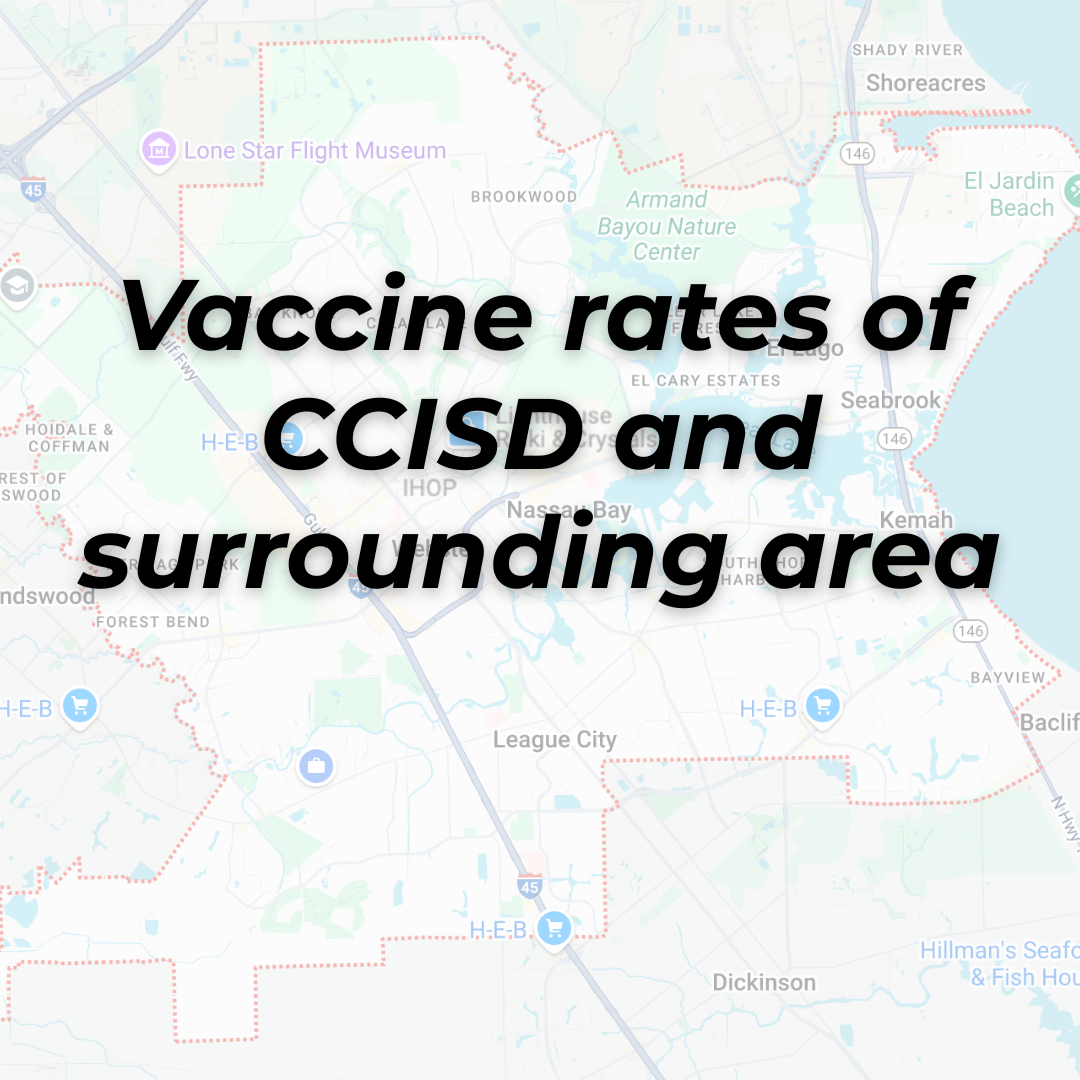As time goes by, and high school ends, the next step for most seniors is a college education. But despite wanting to go to college, there are those that might not know what the application process looks like. And while it might be different for some, it’s important that seniors are aware of the general information on how to apply to college.
But before you apply, there are a couple steps you need to complete. You must first be aware of your GPA and test scores. Those can be found in Naviance under the “My Account” and “Test Scores” section. These are what colleges use to gauge if a student will be competent at their school.
“By the time you get to your senior year, your GPA is pretty much locked in,” Michael Raffaeli, college and career assessment specialist at Clear Springs, said. “The first thing people tell you to do is take the SAT or ACT, because a lot of times that score will help you get into colleges,” Raffaeli said.
Although schools are becoming more and more test optional, taking the SAT or ACT can only be helpful.
“If you have a lower GPA, that SAT/ACT score can help push you into those schools even though your GPA is kind of sub-par,” Raffaeli said.
Once you have collected those you can move towards the application process. Most colleges will accept applications through the Common App or Apply Texas. If your desired school does not accept either you can always apply to them directly.
So, now that you have your GPA and SAT/ACT, the rest of what fills up your application depends on what your desired college requires. That may be a personal statement (essay), letters of recommendation from teachers, extra-curriculars and supplemental questions. If you plan on doing any of these, it’s important that you work on them far beyond the deadline.
“The month of October is apply, apply, apply. If you’re really not sure, apply to your top 3,” Raffaeli said. “Apply to one that you want to go to but you’re not sure if you’re going to meet the requirements for, like your dream school (reach). Then apply to one you know to get into (safety). And one that’s kind of in-between.”
In most cases there’s no need to apply to a large number of colleges if you’re applying to a reach, match and a safety school. You may go a little over if you like, but it’s somewhat similar to a job application in the way that it’s better to have several good applications rather than 10.
The deadline for early action/decision most colleges recognize is November 1st. If you don’t submit your application before then you have until the regular decision deadline which is January 1st for most schools.
While college provides a prestige education, it comes at a cost… a very expensive one. That’s why any and all attempts at a scholarship, grant or loan should be examined. You can search for scholarships at any time during the application process, even after submitting. Naviance does not only prepare you for post-secondary school by giving college information and containing test data, but it has scholarship searches as well.
“It is free money; find a scholarship once a month, apply to it. The more you apply to it the more chance you have for that money,” Raffaeli said. With some colleges costing 2-40,000 a year, that can total more than $100,000 over the course of academic career. Earning one scholarship can help that financial burden – the more you get, the better off you will be.
Naviance has a scholarship search function. There are local and national scholarships available for application. Outside of Naviance, a quick Google search can help students find even more scholarship opportunities.
Applying to a university is not that difficult when you have an idea of what the process should look like. If you are senior confused or still have questions, this fall there will be individual conferences held to help plan for next year. You may also schedule an appointment with Mr. Raffaeli, the college and career assessment specialist. And lastly, @cshs.charger.you on both Instagram and Facebook is a page you can look to for more information.














